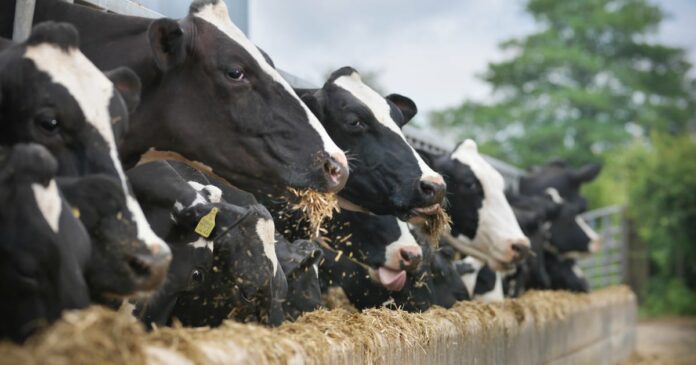The latest USDA report on cattle numbers has revealed a 0.9% decline in dairy replacement heifers at the beginning of the year. This decrease is significant as it marks the lowest stock levels since 1978, with only 3.914 million replacement heifers in the national herd in January 2025, compared to 3.951 million in the previous year. Additionally, the number of heifers expected to calve also dropped by 0.4% from 2024 to just 2.5 million head.
These numbers have raised concerns about the impact on milk production growth, as a lack of available heifers is likely to constrain expansion in the dairy industry. Despite margins remaining at levels that should encourage expansion, the limited availability of replacement heifers may hinder any significant growth in milk production. Monica Ganley from Quarterra’s Milk Producers Council noted that this situation could have a lasting effect on the industry.
On a positive note, the number of dairy cows has slightly increased from the previous year, with 9.35 million head in 2025 compared to 9.46 million in 2024. This growth in dairy cow numbers could help offset the decline in replacement heifers to some extent. It is essential for the industry to focus on maintaining and potentially increasing the dairy cow population to ensure sustainable milk production levels.
One key indicator to watch is the margin over feed, which is expected to remain higher than historical levels in 2025 at $13.37/cwt. This suggests that despite the challenges in replacement heifer numbers, dairy producers are still able to maintain healthy margins. However, the long-term sustainability of the industry will depend on addressing the issue of declining replacement heifers and ensuring a stable supply of dairy cows for the future.
Overall, the USDA report paints a mixed picture for the dairy industry in 2025. While there are challenges with declining replacement heifers, there are also opportunities for growth with an increase in dairy cow numbers and favorable margins. It will be crucial for industry stakeholders to collaborate and strategize on how to address the issue of declining replacement heifers and ensure a sustainable future for the dairy industry. By focusing on increasing replacement heifer numbers and maintaining healthy margins, the industry can overcome the current challenges and thrive in the coming years.




